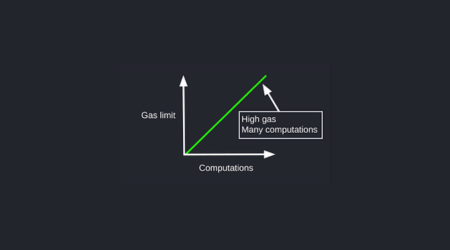Are you tired of manually searching for transaction details in Solidity? Look no further! In this article, we’ll show you how to effortlessly retrieve transaction information using the Msg object.
With just a few lines of code, you’ll be able to access the transaction hash, retrieve the sender address, and even extract transaction data.
Say goodbye to tedious manual work and embrace the ease and efficiency of Solidity programming.
Let’s dive in and unlock the power of the Msg object!
1. Key Takeaways
- The msg object in Solidity provides important transaction details such as the transaction timestamp, transaction status, and transaction hash.
- The transaction hash, which is a unique identifier for the transaction, can be accessed using the tx object provided by the Ethereum network. It can be used to check the transaction status and access the block number.
- The sender address of a transaction can be retrieved using the tx.from property provided by the Ethereum network. It represents the account that initiated the transaction and can be used to retrieve other important details like the transaction timestamp and nonce.
- Data from a transaction, such as the transaction value and input data, can be extracted using the properties provided by the Ethereum network. Understanding how to extract transaction data is crucial for analyzing and interacting with smart contracts.
2. Overview of the Msg Object
The msg object provides you with the necessary transaction details in Solidity. It allows you to retrieve the transaction timestamp and check the transaction status.
By accessing the msg object, you can obtain crucial information about the transaction, such as the time at which it occurred and whether it was successful or not.
Once you have retrieved these details, you can then move on to accessing the transaction hash for further analysis and verification.
3. Accessing the Transaction Hash
To access the transaction hash, you can simply use the tx object provided by the Ethereum network. This object contains various properties related to the transaction, including the transaction hash. By accessing tx.hash, you can retrieve the unique identifier for the transaction.
This hash can be used to check the transaction status and accessing block number.
Now, let’s move on to retrieving the sender address, which will provide further insights into the transaction details.
4. Retrieving the Sender Address
Now, you can easily retrieve the sender address by accessing the tx.from property provided by the Ethereum network. This property returns the address of the account that initiated the transaction.
Along with the sender address, you can also retrieve other important details from the transaction object, such as the transaction timestamp and the transaction nonce. These details are crucial for tracking and verifying transactions on the blockchain.
In the next section, we will explore how to extract transaction data using Solidity programming language.
5. Extracting Transaction Data
You can easily extract data from a transaction by accessing the relevant properties provided by the Ethereum network.
To extract the transaction value, you can access the ‘value’ property of the transaction object. This will give you the amount of Ether transferred in the transaction.
Additionally, if the transaction contains input data, you can decode it to understand the parameters and function being called. Understanding how to extract transaction data is crucial for analyzing and interacting with smart contracts.
Now, let’s delve into understanding transaction gas usage.
6. Understanding Transaction Gas Usage
Understanding gas usage in transactions is essential for optimizing the cost and efficiency of your interactions with the Ethereum network. To help you navigate this process, here are a few key points to consider:
- Transaction gas price: The gas price is the amount you are willing to pay per unit of gas for your transaction. It determines the priority of your transaction being included in a block.
- Analyzing transaction fees: By analyzing the gas used and the gas price, you can calculate the transaction fee. This helps you evaluate the cost-effectiveness of your interactions.
- Gas limit: Each transaction has a gas limit, which is the maximum amount of gas allowed. It prevents infinite loops and protects the network from malicious attacks.
- Gas refund: Certain operations in a transaction can result in a gas refund, reducing the overall cost. Understanding how gas refunds work can help optimize your transaction costs.




